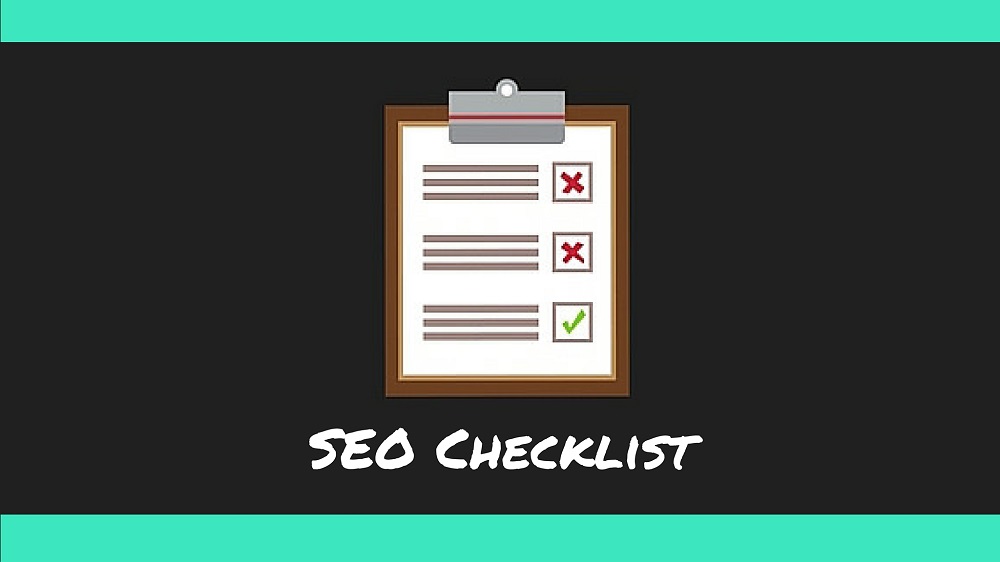Businesses and marketers today focus more on designs when starting a new website. Undeniably, website design is important to impress people and appeal the masses, while making headlines with its unique beauty. But the design of the website is not considered everything when it comes to drive in organic traffic and sales. When starting a new website or blog, you have the new chance to attract lots of organic traffic. But today in this competitive world where Search Engine Optimization is the top priority in best digital marketing agency, it is important to start off on right path.
Optimizing a website for influx of organic traffic is not easy indeed, but it can’t be overlooked. Ensure you check these important SEO boxes when launching a new website for improved site speed, higher ranking and performance.
Title Tags!
H1 Tag or Title Tag is considered to be the crucial ranking factor and all new websites must focus on creating unique title tag which is not used by any other website online. Take help of Google Search Engine prior to creating unique title and ensure that the title tag you are using it unique. Quick Checklist for Title Tag!
- It must be unique
- Title Tag must have less than 70 characters
- Must include primary keyword in title
- Title tag must be easy to read
- Ensure grammar check is done
Keywords
Keywords are another crucial ranking factor for a new website. Keyword research is important prior to writing the web post or blogs. Long tail keywords are advisable and include as many as you can in the post to have higher rankings because long tail keywords contributes to 75% of search traffic. Some of the pointers to keep in mind when using keywords are:
- Use only LSI relevant keywords for the primary key phrases
- Primary keywords must be used within ALT Tags, title tags, H2 and H3 tags
Meta Description
Meta Description is the short description that shows up when someone searches for the specific term on search engines. So, it is important to include Meta Description in all your posts. Below is the quick checklist for Meta Description:
- Meta description must be below 140 characters
- Must contain the primary keyword
- It must be unique
- It must be click worthy
Internal Links
For better crawling rates from Google and other search engines, it is necessary to include internal links. The more internal links you use for your post, the better it for search rankings. But there are certain criteria to follow while using internal links.
- Link only to relevant and helpful pages within your website
- Internal links must redirect the readers to most popular and relevant pages only
- Avoid stuffing internal links with the keyword based anchor text; instead make the links look natural
Outbound Links
There are many bloggers and digital marketers who don’t understand the real significance of linking to external relevant sites. But outbound links are the major ranking factors, especially when you are linking your content to authority and relevant sites. Below are some checklists for outbound links.
- Link only to the authority and relevant pages
- Link to the authoritative sites that deal in same niche for better rankings
- If your site has affiliate links, then open them in new tabs and ensure to add rel=nofollow tags
Image Optimization
Optimization of the images is equally important and every blog post must contain at least one image. This can attract tons of visitors because people today use Google Image Search increasingly to find the relevant content. If your website is using images sourced from other sites ensure to give them the credit by mentioning the links. According to SEO company in India only free copyright images must be used for better ranking.
- Use only one image per post
- Crop the images with proper size in pixels
- Images must be copyright free
- Optimize the size of the images and include ALT Tags
Page Loading Speed
There are many tools available online where the speed of the website can be evaluated. If your website is taking over 3-4 seconds to load, then use the following SEO tips to improve its speed.
- Make use of Google’s PageSpeed Insights to get some helpful suggestions for improvising loading speed of website
- Avoid using gigantic files or flashy images as it hampers the loading speed and performance of the website.
It is always recommended to use a Checklist for SEO on all new websites as it helps to improve the ranking quickly. Covering all the SEO guidelines for new website is not possible in one post, but the above mentioned SEO Checklist for new website can definitely help boost the SEO and search ranking of the newly launched website.






